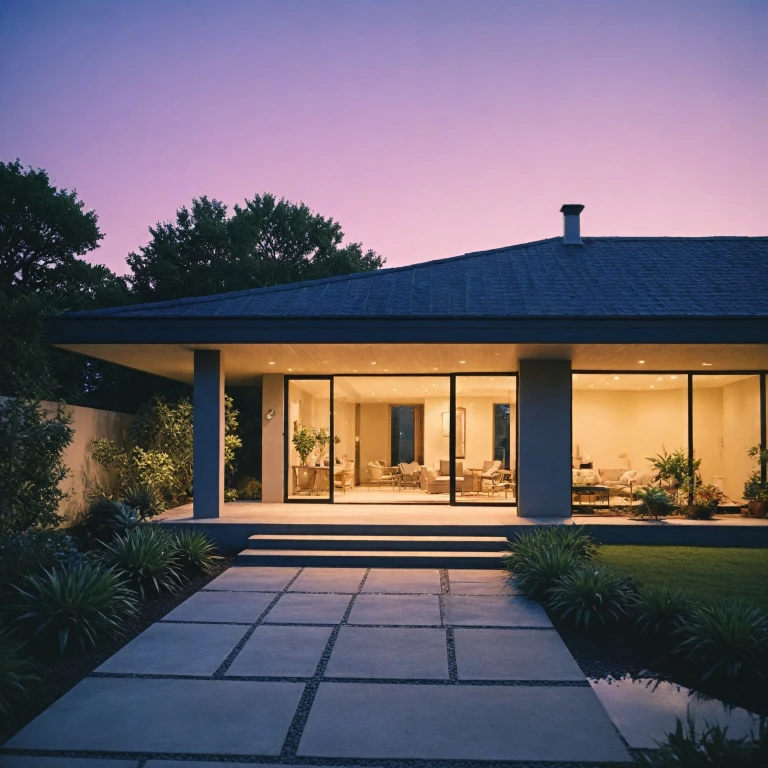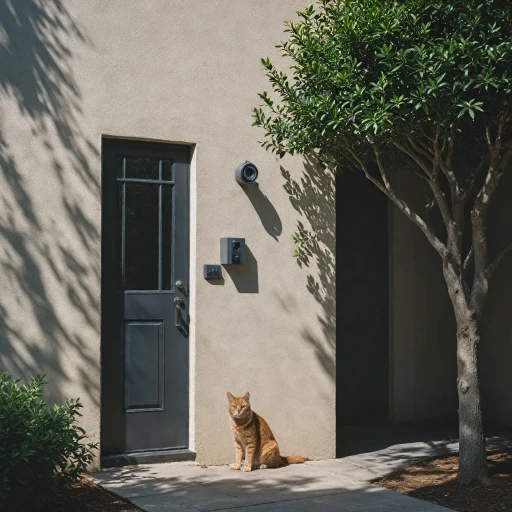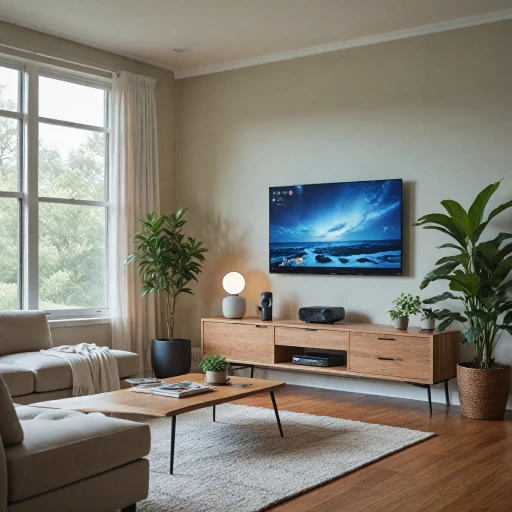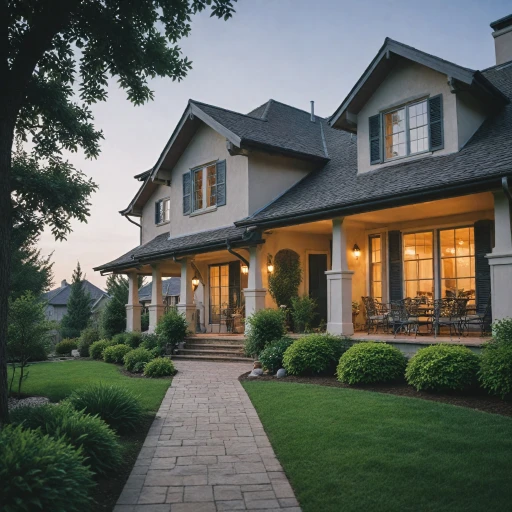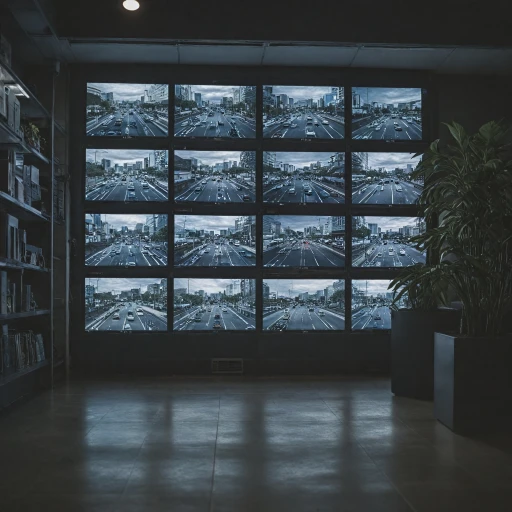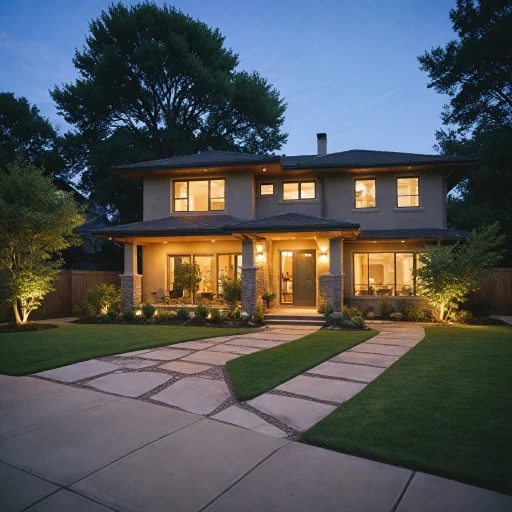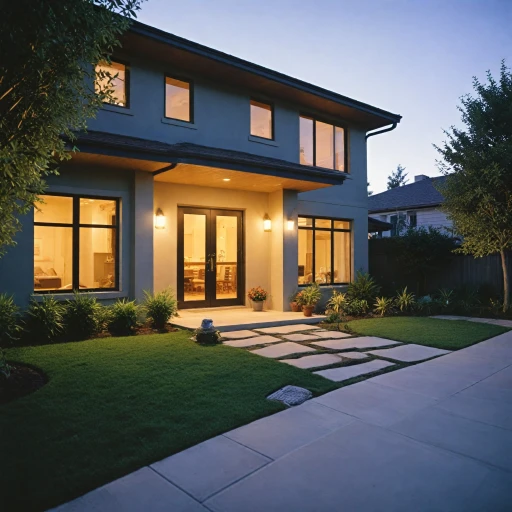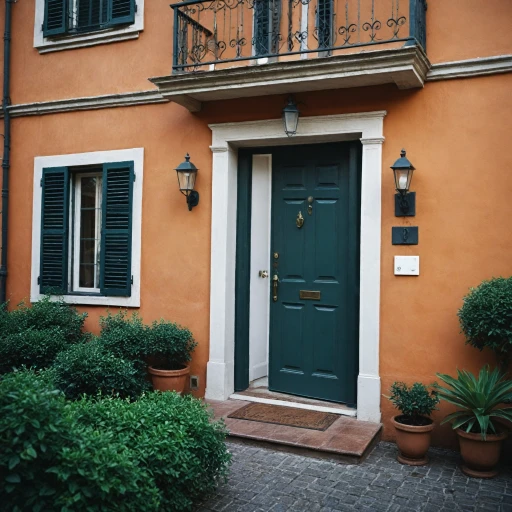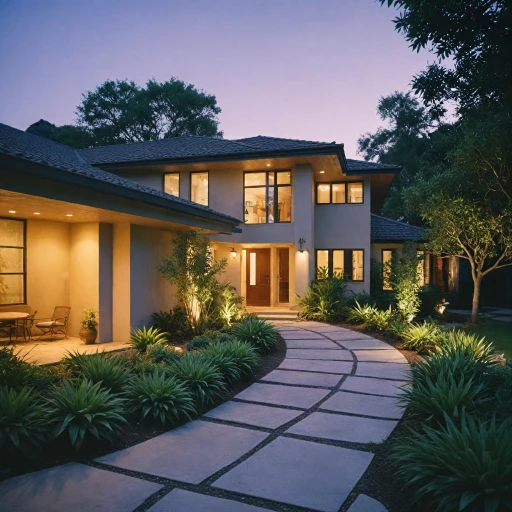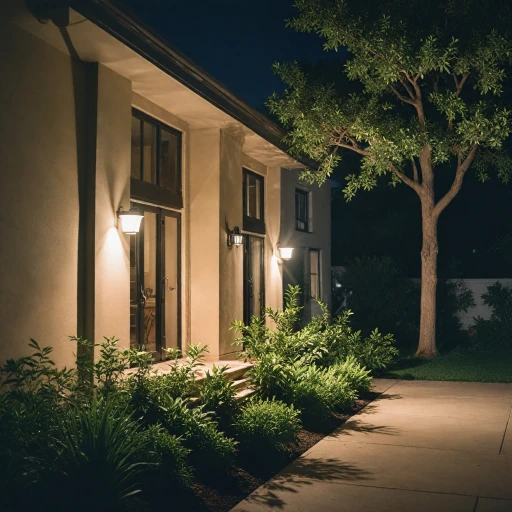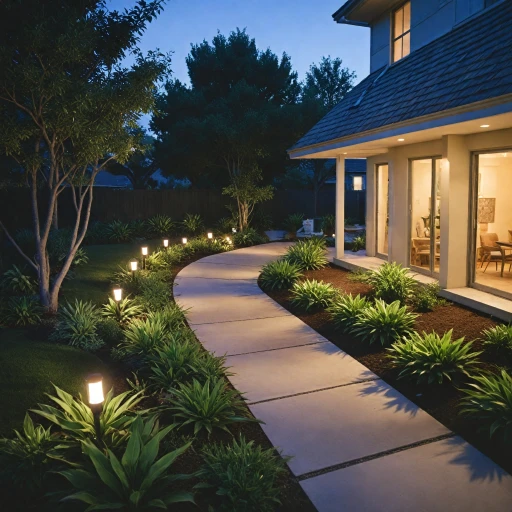
Understanding Infrared Surveillance Cameras
The Basics of Infrared Security Cameras
When considering a home security camera, it's crucial to understand what infrared cameras can offer. Unlike conventional security cameras, these devices are equipped with the ability to capture video in both low-light and no-light conditions, thanks to their infrared light emissions.
Typically, infrared security cameras work by using special LEDs to emit infrared light, which is invisible to the naked eye but can be picked up by the camera’s sensor. This allows the camera to produce a black and white image, or even color night vision in some advanced models, providing a clear view in the absence of visible light.
Advantages of Infrared in Security Systems
The main advantage of integrating an infrared camera into your security system is the enhanced night vision capabilities. Even in complete darkness, these cameras are capable of detecting and capturing details like a license plate or outline of potential intruders, providing a clear view that is critically important for effective surveillance both indoor and outdoor.
Notably, infrared security cameras can be a vital part of your camera systems for motion detection as well. Their ability to operate in low light conditions ensures that the system functions optimally across various lighting environments. Regular updates on this technology can be found in resources on the significance of sensors.
Key Features to Look for in an Infrared Camera
Essential Attributes When Selecting Infrared Surveillance Cameras
When investing in infrared security cameras for your home, identifying key features can make a significant difference in maximizing effectiveness and efficiency. These systems present numerous capabilities which can enhance night vision and overall security.
Firstly, resolution is a crucial element. High-resolution cameras provide clear and detailed video, capturing finer details such as license plate numbers and facial features with precision. Look for cameras offering at least 1080p resolution for optimal performance.
The infrared night vision capabilities are vital as well. Cameras should be equipped to capture footage in complete darkness, enabled by quality infrared light technologies. Look for models that offer good range and clear images even in low-light conditions.
Motion detection is another feature to consider. This function helps in conserving storage space and power by recording only when movement is detected. Some advanced cameras can distinguish between human movement and other types of motion, reducing unnecessary alerts.
The choice between outdoor and indoor cameras is also important, as they are designed to endure different environmental conditions. Outdoor cameras should be weather-resistant to withstand elements, while indoor ones are optimized for inside environments.
An often highlighted feature is color night video, which combines traditional black and white infrared imaging with color representation, offering a more comprehensive view. This is ideal for recognizing distinct colors, adding another layer to visual identification at night.
Additionally, a reliable camera system should integrate smoothly with existing security systems. Consider models that are compatible with smart home devices for a cohesive security setup.
Ultimately, selecting the best infrared cameras requires weighing these features against your specific security needs and budget. To find out more about effective choices and technological advances that could benefit your home, see how you can enhance your home security with motion-activated cameras.
Installation Tips for Optimal Performance
Setting Up Your Infrared Security Cameras for Maximum Efficacy
Proper installation of infrared surveillance systems is crucial to ensure optimal performance, whether they are part of an infrared lights for night vision solution or a broader security setup. These cameras rely on both good positioning and technical adjustments to capture the best possible footage, day and night.
- Location Matters: Choosing the best spots for your cameras is essential for comprehensive surveillance. Outdoor cameras should be placed high enough to avoid tampering and provide a clear view of the desired area. For indoor settings, make sure they are not obstructed by furniture or decor.
- Consider Field of View: Each camera has a specific field of view dictated by its lens. Evaluate this to ensure a broad coverage of the targeted area. A camera system that supports wide-angle lenses may offer the flexibility needed for broader surveillance.
- Light Conditions: Although infrared cameras excel in low light and provide color night vision, your home security system can benefit from strategic lighting. Avoid pointing the camera directly at bright lights or reflective surfaces to prevent glare and ensure the infrared light performs effectively.
- Testing Motion Detection: Many cameras come with motion detection capabilities. Optimize the sensitivity settings on your security cameras to balance alert overload with necessary warnings. In some systems, the ability to differentiate between animals and potential intruders can significantly improve home security management.
- Weatherproof Features: Equip your cameras with appropriate housing to withstand outdoor conditions. Security systems rated for all-weather use can prevent damage from rain, snow, or excessive sunlight, further enhancing the durability and reliability of your surveillance setup.
By considering these practical installation tips, you enhance not only the performance but also the longevity and reliability of your infrared camera systems. Maximizing the camera's capabilities ensures a fortified home environment against unauthorized entry and bolsters peace of mind.
Balancing Security and Privacy
Finding the Balance Between Security and Personal Privacy
When installing infrared surveillance cameras, it is important to find a balance between enhanced security and upholding privacy. Cameras are highly effective for outdoor and indoor monitoring, but considering neighbors and household occupants is crucial when setting up your security system.
To achieve this balance, here are some tips:
- Positioning: Ensure that your outdoor cameras are positioned to cover key areas around your property, like entry points and driveways, while avoiding direct views into neighboring homes or public spaces.
- Legal considerations: Familiarize yourself with local regulations related to video surveillance. In some areas, capturing video footage of public areas or another person’s private property may have legal implications.
- Restricted access: Limit access to the video feeds from your security cameras to authorized individuals only. Secure your camera systems with strong passwords and regularly update them for enhanced security.
- Notification consents: If your cameras are equipped with motion detection that triggers notifications, make sure you have settings that allow occupants of the house to know when cameras are actively recording.
- Infrared capabilities: Be mindful of the infrared light spectrum used in your cameras. While infrared night vision gives superior low light visibility, ensuring your devices do not invade the privacy of others is crucial.
By maintaining clear boundaries and respecting privacy elements, you can utilize the best of what infrared security cameras offer while fostering a sense of trust and security within your community. A thoughtful approach to camera placement and usage will protect your home effectively and ethically.
Cost Considerations and Budgeting
Price Points and Value Assessment for Infrared Security Cameras
When planning to invest in an infrared security camera system, establishing a realistic budget is essential for achieving both safety and satisfaction. With advances in technology, the market offers a range of options that accommodate differing financial constraints without compromising key features such as night vision and motion detection.
- Entry-Level Options: Basic CCTV systems with camera infrared capabilities can be affordable. These options typically offer adequate night vision and video resolution suitable for small indoor and outdoor areas.
- Mid-Range Selections: For enhanced features like extended motion detection and higher resolution, consider mid-range cameras. These often provide a balance between performance and price, making them a popular choice among homeowners.
- Premium Systems: High-end cameras, equipped with the best low light and color night capabilities, come at a steeper cost. They offer advanced features such as CLS fill and license plate recognition, suitable for vast or high-risk properties.
It’s advisable to conduct thorough research into different manufacturers to comprehend the range of features offered at each price level. Reviews and expert opinions can guide you towards cameras that deliver optimum value. Moreover, while assessing costs, allocate a portion of your budget to cover potential installation expenses for secure and efficient performance.
Continuously evolving, the future of infrared surveillance technology could introduce further developments, thus influencing purchasing decisions and budget allocations. Investing in a camera system now not only enhances current security measures but also allows for integration with future advancements. Consider it a step towards securing both your present and future peace of mind through advanced security systems.

